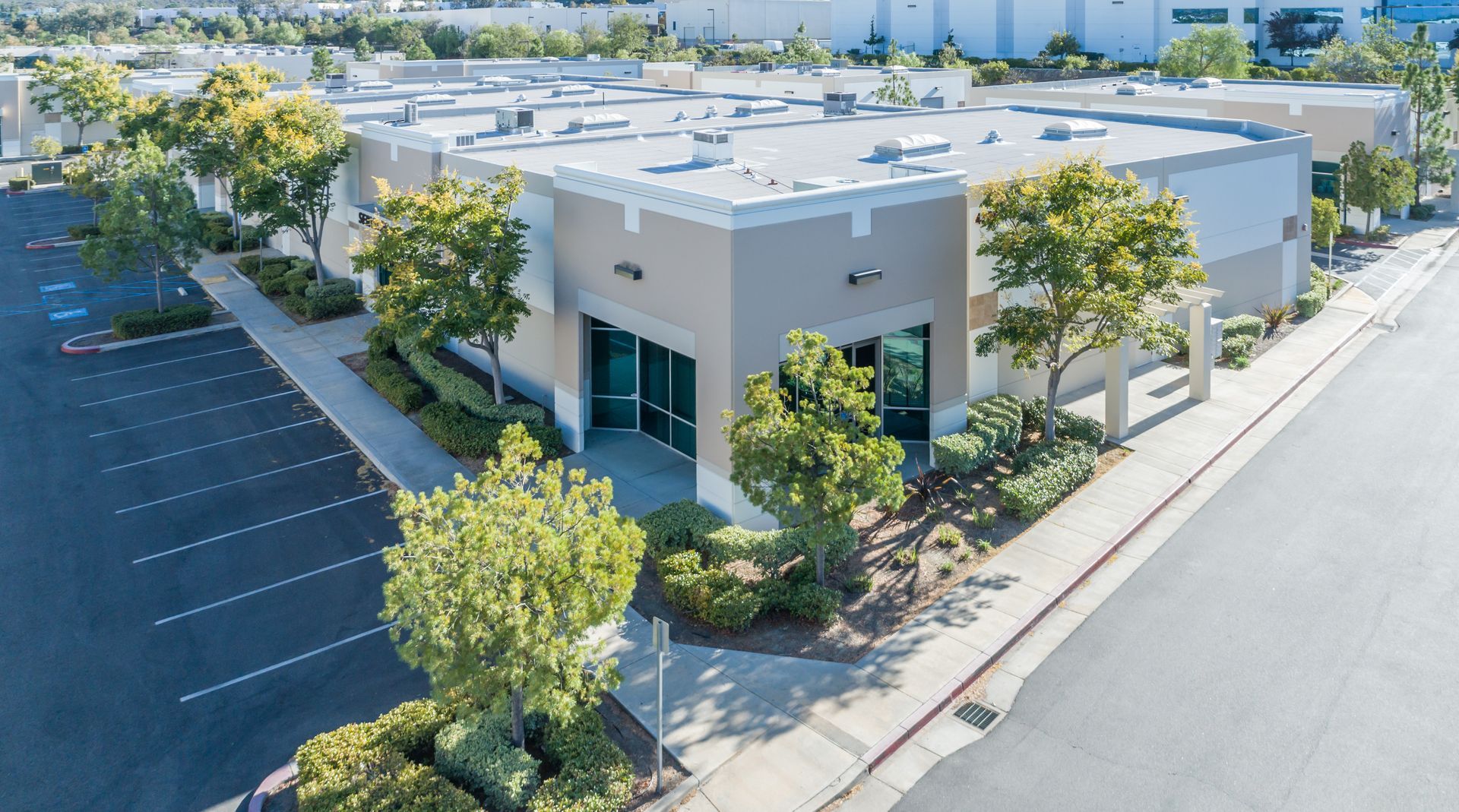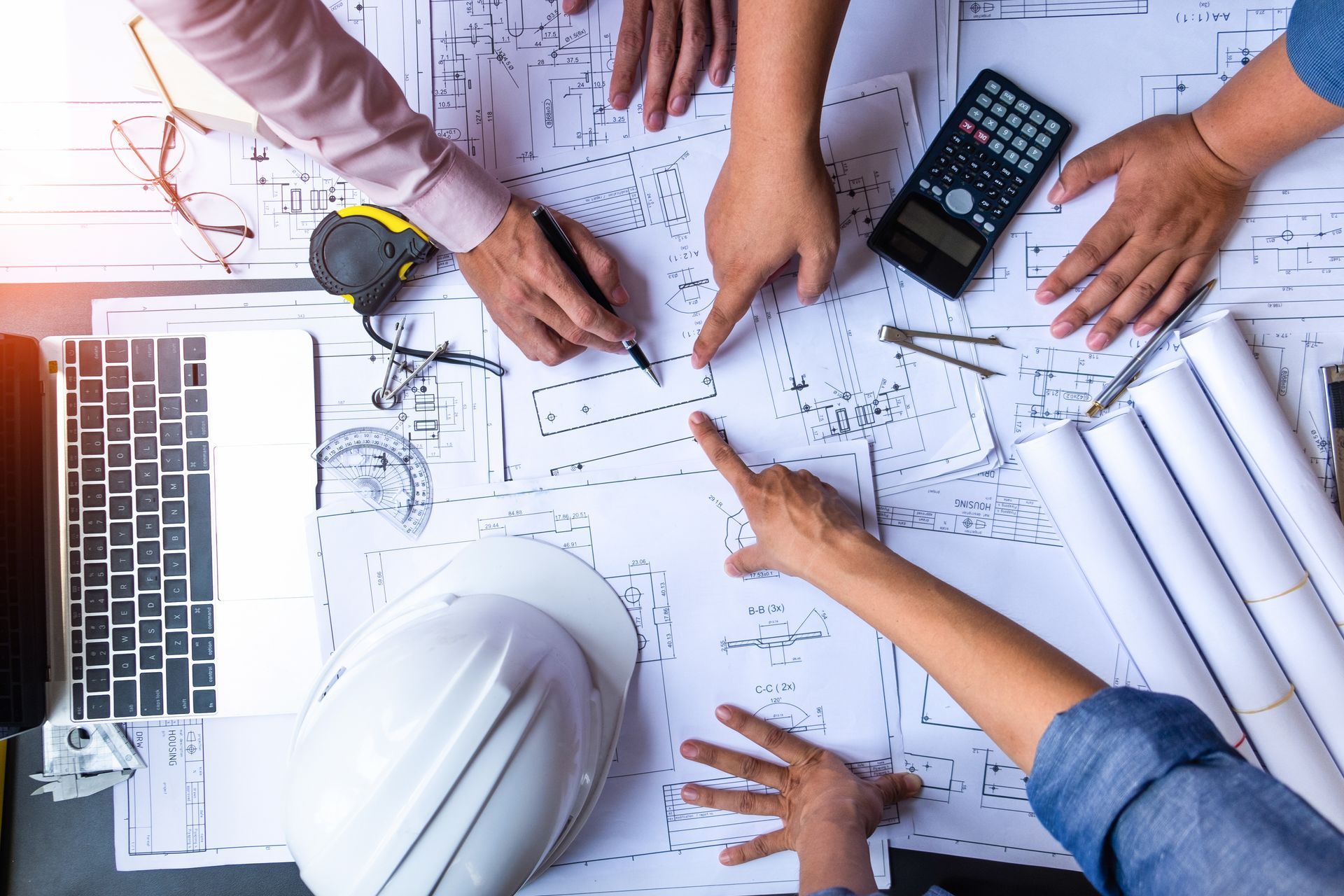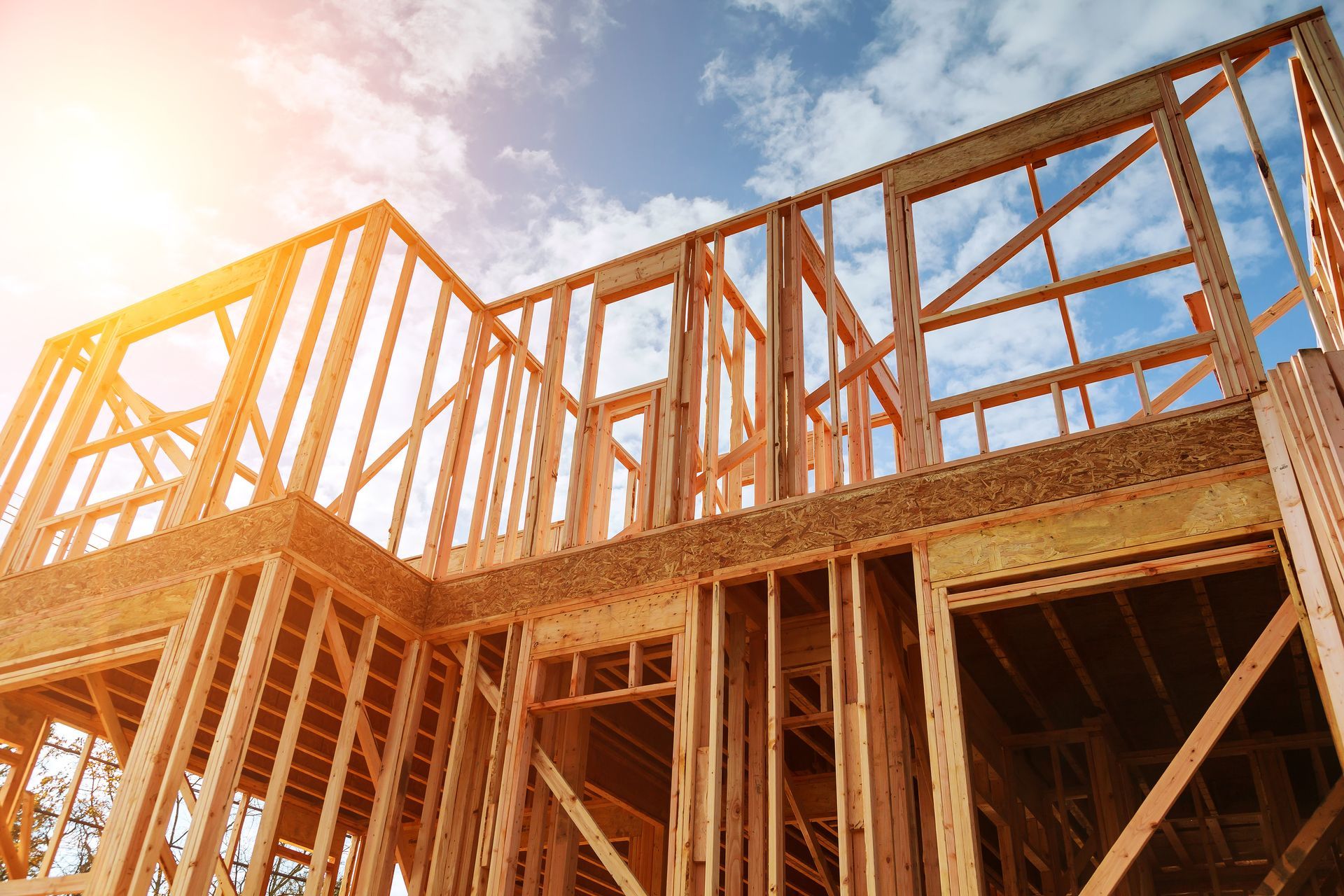Building the Future: Navigating the Paths of Design-Build vs. Traditional Construction Methods
In the dynamic construction world, selecting the right project delivery method can be the cornerstone of success. At Firestone Builders in San Diego, we understand the complexities of bringing a vision to life, whether a cozy residential property or a towering commercial complex. This comprehensive guide dives into the two most prevalent construction methodologies, Design-Build and Traditional Construction (Design-Bid-Build), offering a lens through which to view their impacts on your project's journey from blueprint to reality.
Understanding Traditional Construction
Traditional construction, or Design-Bid-Build, is a sequential process where each phase (design, bid, and build) is distinct and follows the completion of the previous one. In this model, the client hires an architect to design the project and then solicits bids from contractors to execute the build phase. This method's hallmark is its compartmentalized approach, which advocates for design precision and competitive bidding to lower construction costs.
Advantages:
- Competitive bidding can reduce costs.
- Clear separation of design and construction phases.
Disadvantages:
- Longer project timelines.
- Increased potential for cost escalation due to design changes.
Exploring Design-Build
Design-Build streamlines project delivery through a single contract between the owner and a Design-Build team. This approach fosters collaboration from the project's outset, as architects, engineers, and builders work under one roof, leading to innovative solutions and cohesive project vision.
Benefits:
- Faster completion times due to overlapping design and construction phases.
- Potential for reduced costs due to efficiency and integrated problem-solving.
Drawbacks:
- Less direct client involvement in the design phase.
- Perceptions of fewer checks and balances compared to the traditional method.
Comparative Analysis
When comparing Design-Build to Traditional Construction, several key factors stand out:
- Cost: Design-Build projects can often be more cost-effective, thanks to the integrated team approach, which identifies more efficient, cost-saving strategies.
- Time: Design-Build typically offers faster project completion due to the concurrent design and construction phases.
- Quality: Both methods can deliver high-quality results, but Design-Build allows for more flexibility and innovation through team collaboration.
- Risk Management: Design-Build can lower risk for the owner, as there is a single point of responsibility for project delivery.
Choosing the Right Method for Your Project
Deciding between Design-Build and Traditional Construction depends on your project's specific needs. Considerations should include the project's scale, complexity, timeline, and desired involvement level. Design-Build offers compelling advantages for projects where time is of the essence or where innovation in design and construction is paramount. Conversely, projects requiring meticulous adherence to predetermined designs may benefit from the Traditional approach.
The Future of Construction Project Delivery
As we look to the future, it's clear that digital tools and technology will continue to shape project delivery methods. Innovations in software, from design simulations to project management tools, are making it easier for teams to collaborate, regardless of the method chosen.
Conclusion
At Firestone Builders, we pride ourselves on our flexibility and expertise in Design-Build and Traditional Construction methodologies. Our goal is always to align our approach with our client's needs, ensuring that every project we undertake in San Diego is completed and brought to life in a way that exceeds expectations. We encourage our clients to consider what they value most in their construction projects and choose a path that best aligns with those goals.
We're here to help guide you through that decision, offering insights and expertise gained from years of experience in the construction industry. Whether you're embarking on a new project or considering your options, Firestone Builders is your partner in building structures and futures.
We invite you to share your thoughts or
contact us for an in-depth discussion on which construction method suits your next project in San Diego. Let's build the future together.
You might also like







